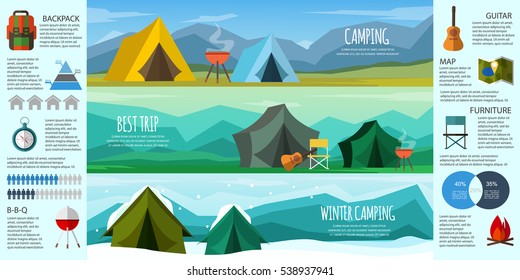A footprint is expensive and adds extra weight to your backpack. It additionally isn't particularly durable.
What is the best wall tent?
Inevitably, whether an outdoor tents footprint is necessary depends on where and how frequently you're camping. In general, it's a good idea to use one if you camp on abrasive surface areas or in damp problems.
Outdoors Tents with Reduced Deniers and Water Resistant Scores
Camping tents with lower deniers and waterproof ratings often tend to be lighter, yet they can likewise be a lot more fragile. They might call for even more regular repair services and have less interior space than harder versions. If you're an informal backpacker that suches as to travel quick and light, this might be fine; however, even more seasoned walkers understand that compromising toughness can include huge consequences down the route.
The denier and water-proof ranking of a camping tent's canopy, rainfly, and floor can help you establish its livability. Seek higher-denier textiles on the canopy and rainfly, as well as taped seams that help prevent water from permeating via stitches. Some makers even use heat and sealer throughout building to produce a stronger seam; these are called bonded seams.
The livability of a camping tent can also be determined by its floor dimensions and ability. An outdoor tents's flooring must be somewhat smaller sized than the footprint to avoid water from merging under the shelter.
Camping Tents in Rough Terrain
Numerous backpacking tents consist of a footprint created specifically for their version, which assists guarantee a correct fit and safeguards the camping tent's base from moisture and sharp items. Various other producers sell universal impacts that can be cut or folded to match a tent's measurements.
The type of surface you'll experience is one more vital consideration for picking a camping tent. For example, if you'll be camping in a canyon or gully, seek a sanctuary that can deal with solid winds. These conditions create turbulence that can make the difference between enjoying your camping site or suffering pain.
The ability and optimal elevation of an outdoor tents give you an excellent idea of its livability, but additional elements to think about consist of vestibules (the section of the rainfly covering the doors) and overall storage room. For example, throughout our winter months testing of the Marmot Tungsten, its charitable 93-by-82-inch flooring conveniently took care of 4 perspiring backpackers and their puffier shoulder period sleeping bags while still leaving enough area for gear and people.
Camping Tents in Damp Issues
Even if your tent appears completely dry, dampness lurks in the nooks and crannies. With time, it can weaken the material. That's why it's so vital to make use of rest days to deep-clean your camping tent and its camping gift ideas parts, such as zipper linings, stake loops and flexible webbing straps.
Likewise, see to it to pitch your tent in a level area, not a divot or concave place, to make sure that ground water doesn't gather in between the tent flooring and footprint or tarpaulin. And if you're using a footprint, take into consideration a custom-cut one developed for your outdoor tents's floor plan. It will not collect rain the way a common ground cloth or tarp can.
Technique setting up and taking down your outdoor tents at home prior to you took off, to get a feel for exactly how promptly and efficiently you can do it. Likewise, technique staking out your outdoor tents in different surfaces to see just how easy it is (or isn't) to do in bad climate condition.
Tents in High-Rise Situations
Camping tents vary in flooring size and livability. For instance, a huge tent with twin doors and vestibules like Marmot's Tungsten can handle 4 backpackers without calling for gymnastics to get in and out or to keep equipment.
The minimum path weight requirements is the best spec to contrast versions, as it includes the bare basics: tent body, rainfly and poles. Yet bear in mind that the specification leaves out tent risks, guy lines and stuff sacks.
A lot of backpacking tents can hold up to a light summertime tornado, yet some can be swept away by gale-force gusts. Look for a design with solid posts, a raised bathtub-style floor and joint taping to lower the chance of water seeping with. Costlier designs likewise have a tendency to include more powerful materials that can withstand the effect of particles and various other pressures.
Do glamping pods have electricity?
